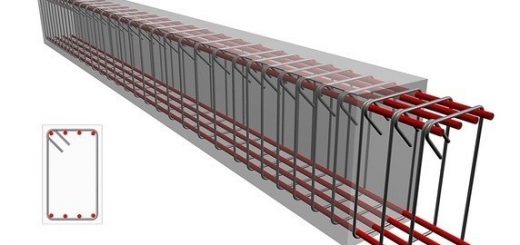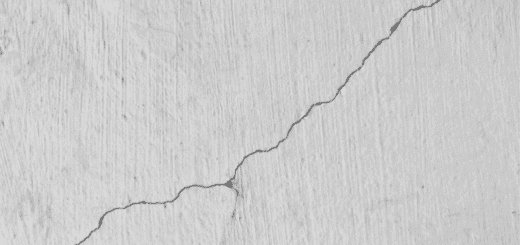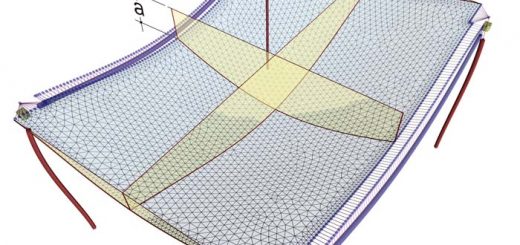Reasons for Cracking [aggregate, crazing, shrinkage]
Name itself gives the idea about the type of properties that causes the cracking. It the physical properties or the behavior of material or the concrete. Physical reasons for cracking can be discussed under three main categories.
- Shrinkable aggregates
- Drying shrinkage
- Crazing
Shrinkable Aggregates – Reasons of Cracking
Failure of structures has caused due to the instability of the aggregates. Aggregates that subjected to excessive dimensions changes with the drying out and aging of concrete have caused such failures. The articles in this subject could be read for more information.
Drying Shrinkage – Reasons for Cracking
Drying shrinkage is caused due to the loss of capillary water in hardened concrete. It increases the tensile stresses and creates contractions of the concrete resulting in the cracks. Drying shrinkage occurs due to internal and external restrains. If no restrain to cracks. But usually, there will be restrained which we could not avoid. Therefore, necessary measures shall be taken to control it. Drying shrinkage could be controlled by the following methods.
- Use low water content. Try to reduce the cement paste volume; could be done by increasing the aggregate volume
- Use water-reducing admixtures
- Curing of concrete adequately
- Crack control reinforcement could be provided by considering at the design stage
Crazing in Concrete – Reasons for Cracking
Crazing is a process of development of a random network of fine cracks on the surface. It could be due to the volume change or with the shrinkage of the concrete near the surface. These cracks appear on the surface and the depth of the crack could be around 0.3mm. These cracks some times to referred to as shallow map or pattern cracking. Further, these cracks do not affect the structural capacities and rarely they affect the durability or the surface wearing. Crazing could be due to the following reasons
- Poor or inadequate curing
- Use of too wet mix and excessive concentration of cement paste and fine in the surface
- Doing finishing while bleeding water in the surface
- Sprinkling cement on the surface to dry out the bleed water on the surface.
The following action could be taken to minimize the crazing
- Start curing as soon as possible
- Use of moderate slumps in the range of 75mm – 125mm is more appropriate
- Do not use dry cement for cement mixed with sand to drying out the concrete surface.
- Do not finish the concrete surface until it stops bleeding
The following figure indicates the pattern of cracks that could be observed when cracked.




